The Purpose and Beauty of Plants in Terrariums
In recent years, terrariums have made a delightful comeback in the realm of home decor. These miniature ecosystems are not only visually captivating but also serve a variety of purposes that appeal to plant enthusiasts, home decor lovers, and those who travel frequently or often forget to water their plants weekly. If you’ve been curious about the role of plants in terrariums and how these charming glass gardens can enrich your living space, this article is for you.

The Comeback of Terrariums in Home Décor
Terrariums, once a Victorian-era fascination, are now experiencing a modern resurgence. They are appealing because they bring a bit of nature inside, adding a touch of greenery to any setting. Terrariums are especially popular among those who may not have the space for a full-fledged garden but still want to enjoy the benefits of living plants. Additionally, they are low maintenance, requiring minimal care while still providing the beauty and tranquility of a natural environment.
A Brief History of TerrariumsThe concept of the terrarium dates back to the 19th century, when Dr Nathaniel Bagshaw Ward accidentally discovered that plants could thrive in sealed glass containers. This discovery led to the invention of the "Wardian Case", a precursor to the modern terrarium. Initially used for transporting exotic plants across long distances, terrariums soon became a popular feature in Victorian homes.
Modern-Day AppealToday, terrariums are more than just a nod to botanical history. They offer a convenient and stylish way to incorporate greenery into our living spaces. Whether placed on a side table, hung from the ceiling, or used as a centrepiece, terrariums add a touch of nature's beauty to any room. Their resurgence can be attributed to their aesthetic appeal, low maintenance, and the growing trend towards sustainable living.
Types of TerrariumsThere are two main types of terrariums—open and closed. Open terrariums are ideal for plants that thrive in dry conditions, such as succulents and cacti. Closed terrariums, on the other hand, create a humid environment suitable for tropical plants like ferns and mosses. Each type offers unique benefits and can be tailored to suit different plant preferences and decor styles.

The Role of Plants in a Terrarium
Plants are the heart and soul of any terrarium. They not only contribute to the ecosystem within the glass container but also enhance its aesthetic appeal. Understanding the role of plants in a terrarium is key to creating a thriving miniature garden.
Ecosystem EngineersIn a closed terrarium, plants play a crucial role in maintaining the ecosystem. Through the process of photosynthesis, they release oxygen and absorb carbon dioxide, creating a balanced atmosphere for all living organisms within the terrarium. This self-sustaining system mimics natural processes, making terrariums a fascinating example of nature's ingenuity.
Aesthetic EnhancementsPlants bring life and colour to terrariums, transforming simple glass containers into vibrant displays of nature. The choice of plants can dramatically alter the look and feel of a terrarium. For instance, a mix of leafy greens can create a lush, forest-like environment, while a selection of succulents and cacti can evoke a desert landscape. The versatility of plants allows for endless creativity in terrarium design.
Plant SelectionChoosing the right plants is essential for a successful terrarium. Factors such as light requirements, humidity levels, and growth habits must be considered. Some popular choices for terrariums include:
- Tropical plants, ferns and mosses: Ideal for closed terrariums due to their love for humidity and indirect light.
- Succulents: Perfect for open terrariums, as they thrive in dry conditions with plenty of light.

Benefits of Terrariums
Terrariums offer numerous benefits that extend far beyond their visual appeal. These enclosed ecosystems create a controlled environment that promotes plant health by maintaining humidity levels. They also require minimal maintenance, making them perfect for busy individuals or those new to gardening. With the right selection of plants, light and maintenance a terrarium can thrive for years, providing both a beautiful centerpiece and a sense of tranquility in any space.
Promoting Plant HealthTerrariums create a controlled environment that can be tailored to suit the needs of specific plants. Factors such as humidity, light, and temperature can be regulated more easily within a terrarium, ensuring optimal growing conditions. This controlled environment helps plants thrive and reduces the risk of pests and diseases. Thanks to closed terrariums, people can also enjoy plants they normally can't keep at home, like Calatheas and Syngoniums, which often require high humidity that is difficult to maintain.
Low MaintenanceOne of the most appealing aspects of terrariums is their low maintenance nature. Once set up, they require minimal care compared to traditional houseplants. Closed terrariums, in particular, are almost self-sustaining, needing only occasional watering and pruning. This makes them an excellent choice for busy individuals or those new to plant care.
Caring for Your Terrarium
Although terrariums are low maintenance, they still require some care to thrive. Here are a few tips to keep your terrarium healthy.
WateringThe watering needs of your terrarium will depend on the type of plants and whether it is open or closed. Closed terrariums require less frequent watering, as the enclosed environment retains moisture. Open terrariums may need more frequent watering, especially if they contain succulents.
LightLight is essential for plant growth, but too much direct sunlight can cause overheating and damage your plants. Place your terrarium in a location with bright, indirect light. If natural light is insufficient, consider using a grow light to supplement the light needs of your plants.
Pruning and MaintenanceOver time, plants may outgrow their container or become leggy. Regular pruning will help maintain the shape and size of your plants. Remove any dead or yellowing leaves to keep the terrarium looking tidy and prevent disease.

Integrating Terrariums into Home Décor
Terrariums are versatile and can be integrated into various home decor styles. Here are a few ideas to inspire you.
Table CentrepiecesTerrariums make stunning table centerpieces, effortlessly adding a touch of nature and elegance to your dining or coffee table. These mini ecosystems can be filled with a variety of plants, stones, and even decorative elements, creating a unique display that reflects your personal style. Whether you're hosting a dinner party or simply enjoying a quiet evening at home, terrariums can enhance the ambiance and bring a bit of the outdoors inside.
Terrariums in Small SpacesTerrariums are particularly well-suited for small spaces, where every inch counts, yet there's still a desire to incorporate nature into the environment. Their compact size and self-sustaining nature make them perfect for windowsills, desks, or shelves. By selecting miniature plant varieties and choosing containers that complement existing decor, even the tiniest nook can be transformed into a lush, living vignette. Embracing these small botanical worlds within confined areas not only revitalises the space but also brings a warm and calming presence to any room, nurturing a connection to nature regardless of the urban landscape outside.
Office SpacesA small terrarium on your desk can bring a touch of nature to your workspace and improve your mood and productivity. Choose a compact container and low-maintenance plants to create a mini oasis in your office.
The Eco-Friendly Appeal of Terrariums
Terrariums are not only beautiful but also environmentally friendly. They promote sustainable living and offer a way to connect with nature within urban environments.
Sustainable GardeningTerrariums use fewer resources than traditional gardening, making them a sustainable choice for plant lovers. They require less water, space, and soil, reducing their environmental footprint. Additionally, many terrarium plants are slow-growing, which means they need less frequent repotting and maintenance.
Connecting with NatureUrban living often means limited access to green spaces and nature. Terrariums offer a way to bring a piece of nature indoors, allowing city dwellers to enjoy the benefits of plants and gardening. This connection with nature can have positive effects on mental health and well-being.
Upcycling ContainersCreating a terrarium is an excellent opportunity to upcycle old containers and give them a new purpose. Glass jars, fish tanks, and even old lightbulbs can be transformed into beautiful terrariums, reducing waste and promoting creativity.

The Joy of Terrarium Building
Making and maintaining a terrarium can be a joyful and rewarding hobby. It offers a creative outlet and a sense of accomplishment as you watch your miniature garden thrive.
A Creative OutletDesigning a terrarium allows you to express your creativity and experiment with different plants, containers, and decorations. Each terrarium is a unique creation, reflecting your personal style and preferences.
Stress ReliefGardening is known for its stress-relieving benefits, and terrarium building is no exception. The act of planting, arranging, and caring for your terrarium can be a meditative and calming activity, helping you unwind and relax.
A Sense of AccomplishmentWatching your terrarium flourish gives a sense of accomplishment and satisfaction. It’s a reminder of your ability to nurture and create, providing a daily boost of positivity and pride.
ConclusionTerrariums offer a beautiful, low-maintenance way to bring nature into your home. They provide numerous benefits, including enhanced productivity, improved mental well-being, and increased opportunities for personal and professional growth. Whether you're a seasoned plant enthusiast or new to gardening, terrariums are a rewarding and creative hobby that can enhance your living space and connect you with nature.
Ready to start your terrarium adventure? Explore the world of plants by purchasing a DIY terrarium kit from our website! It's the perfect way to kickstart a new hobby and unleash your creativity.


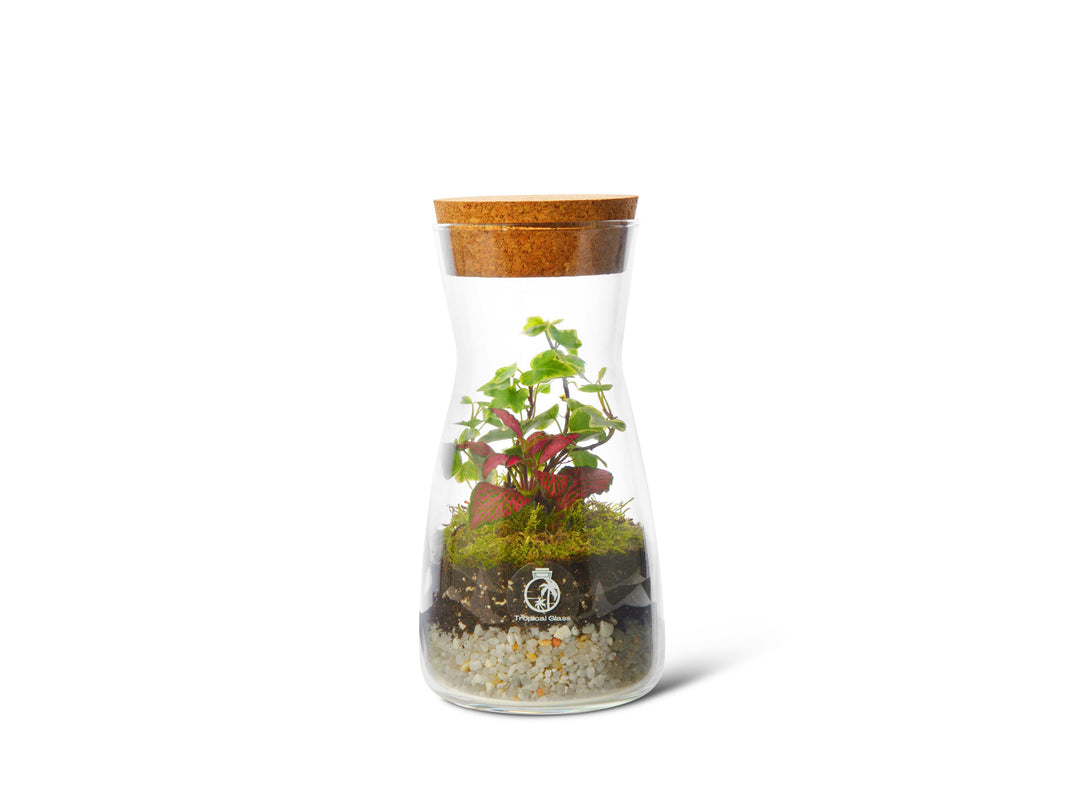
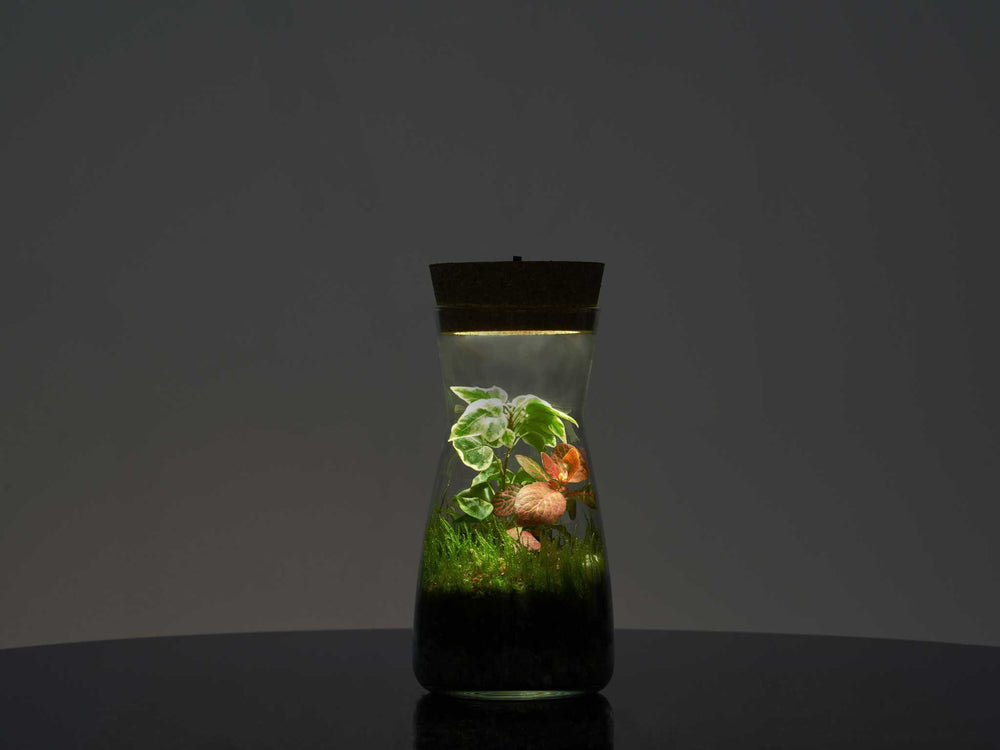
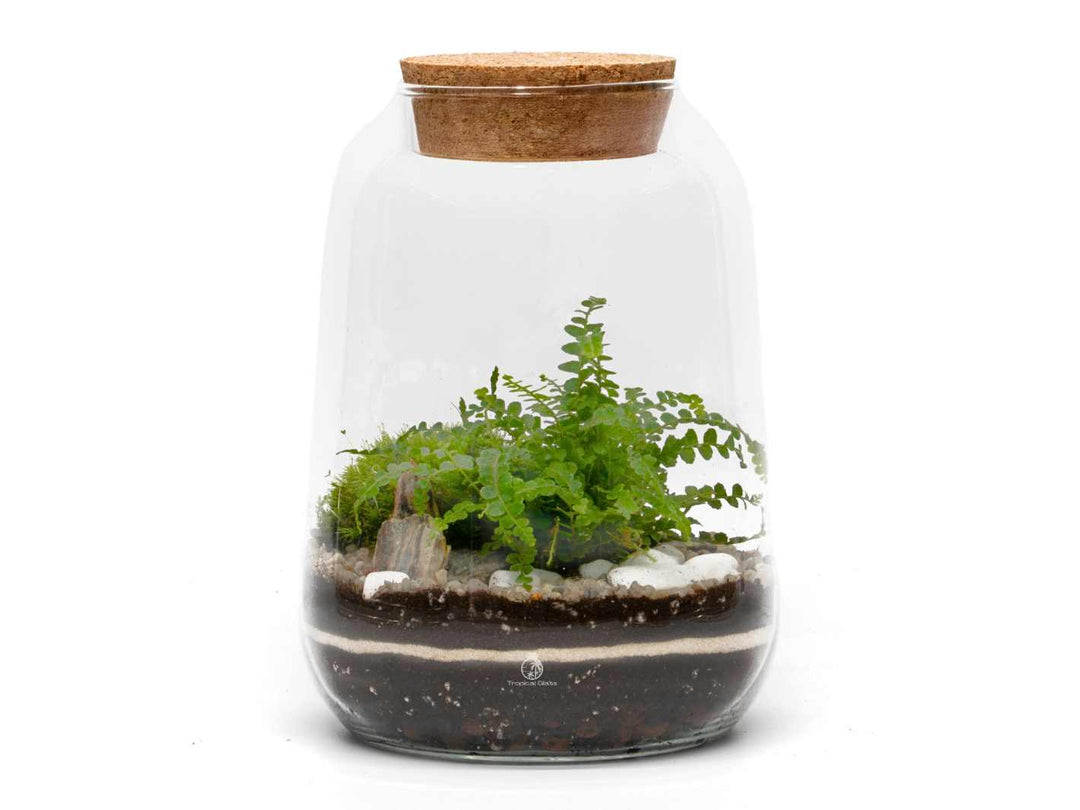
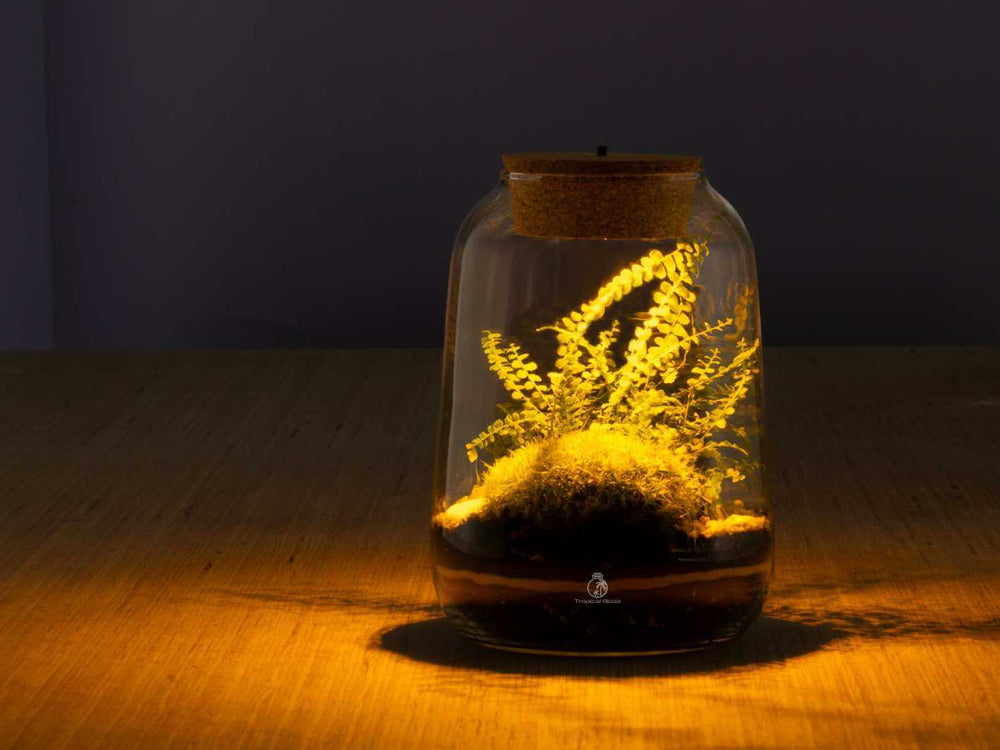
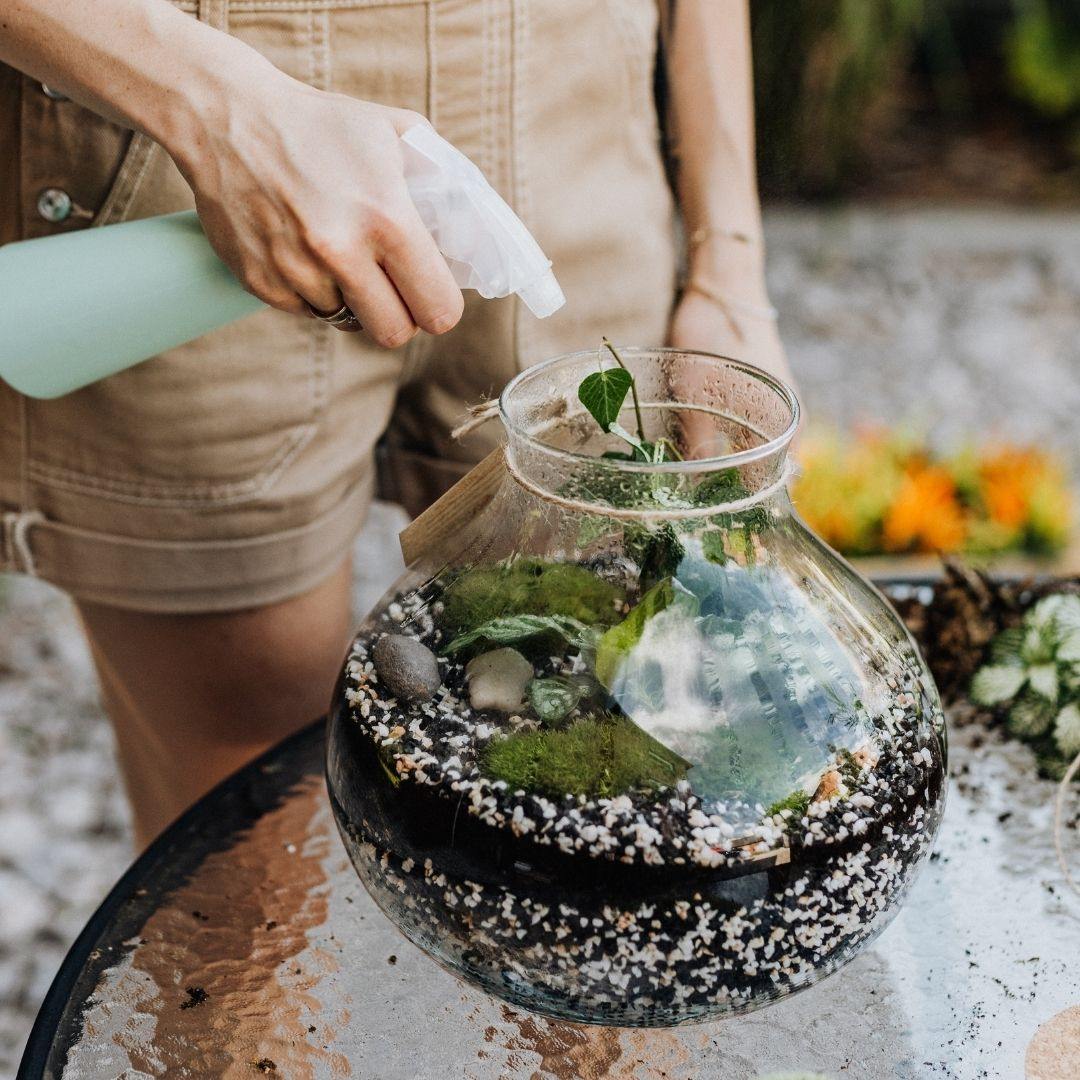
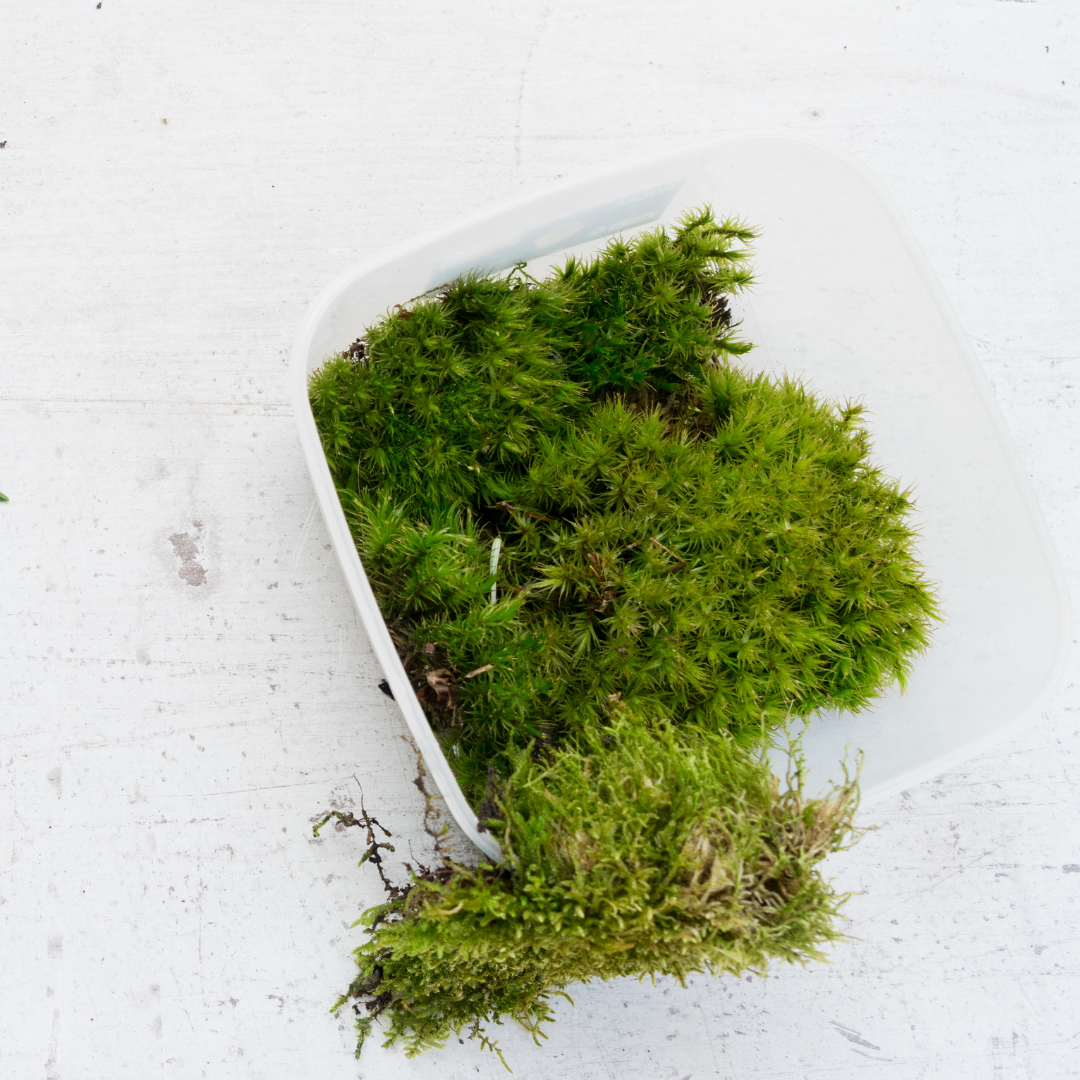
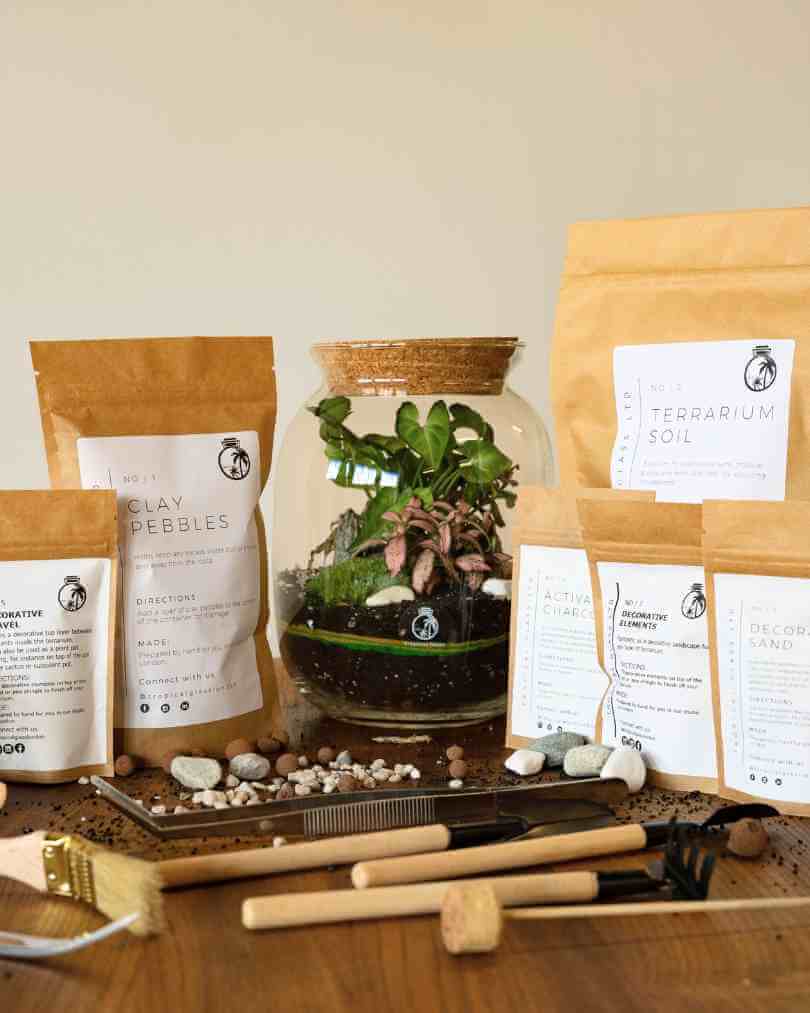
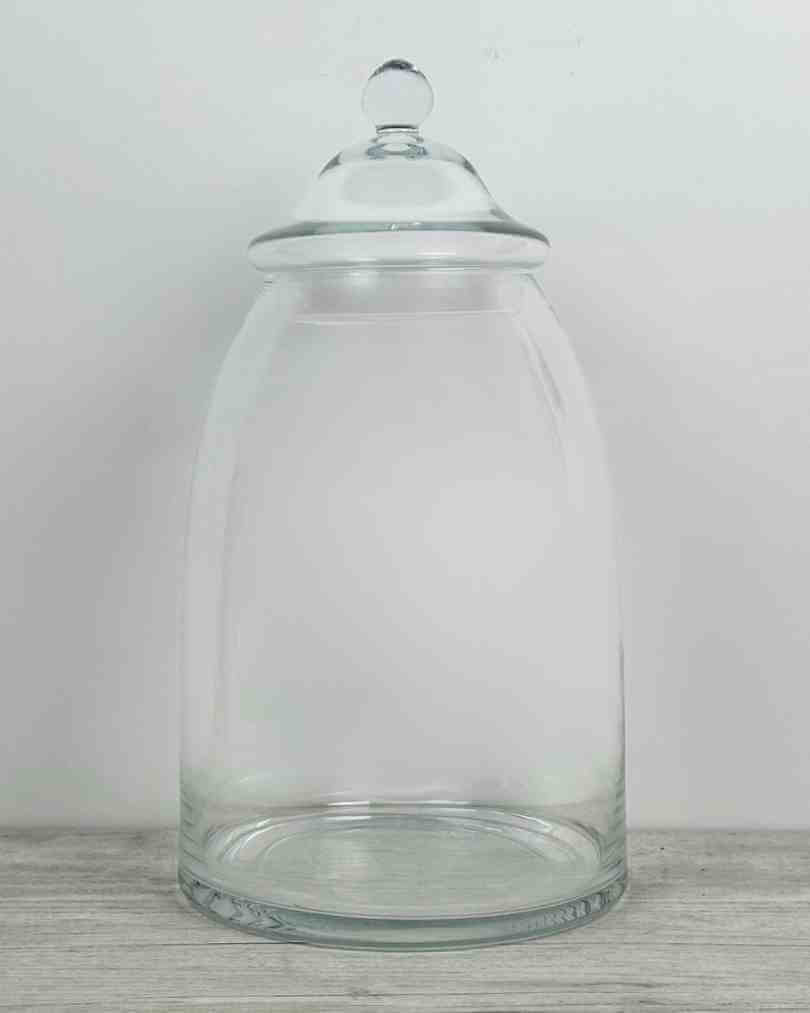
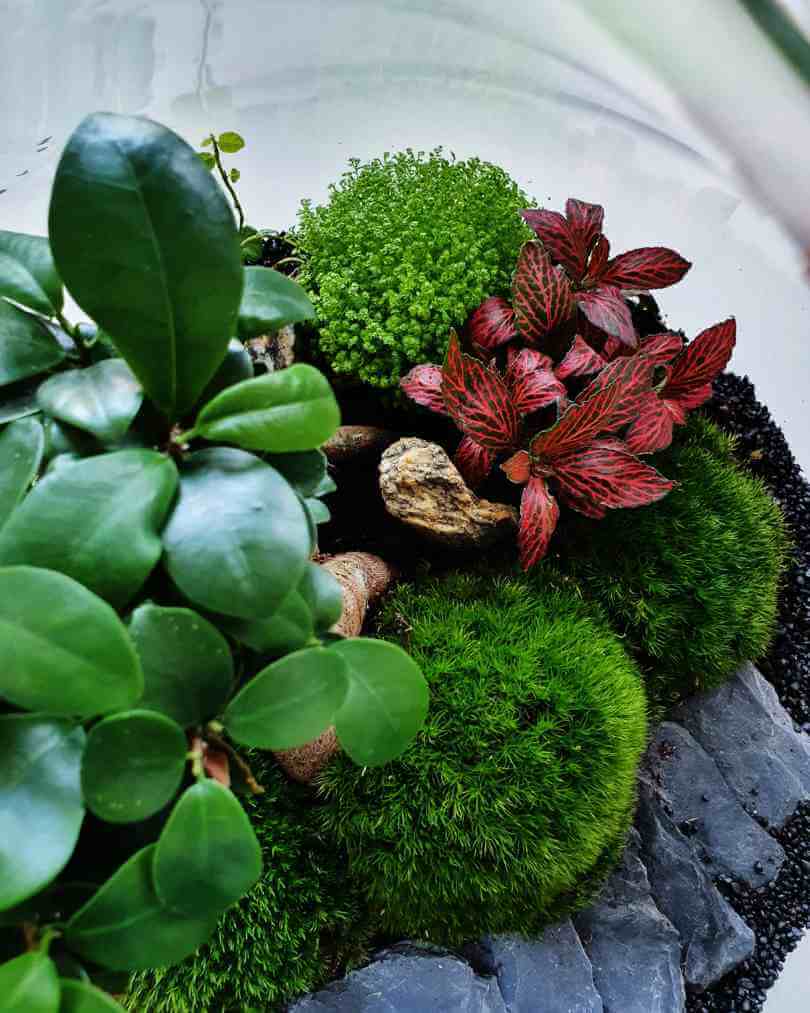
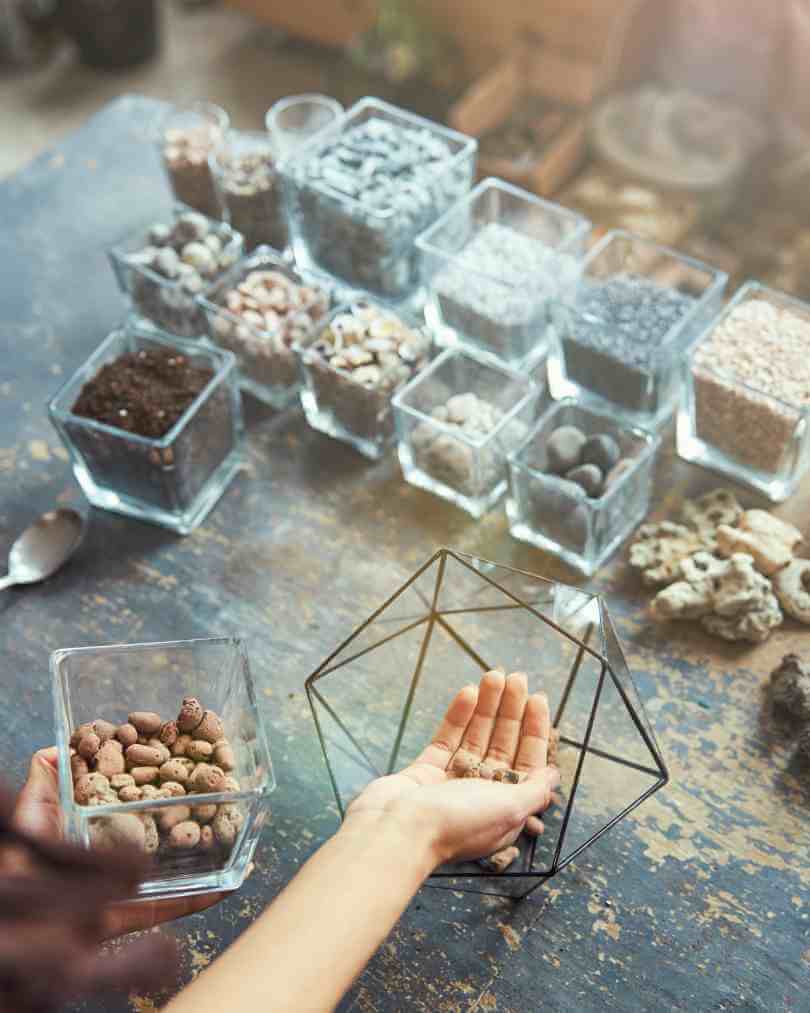
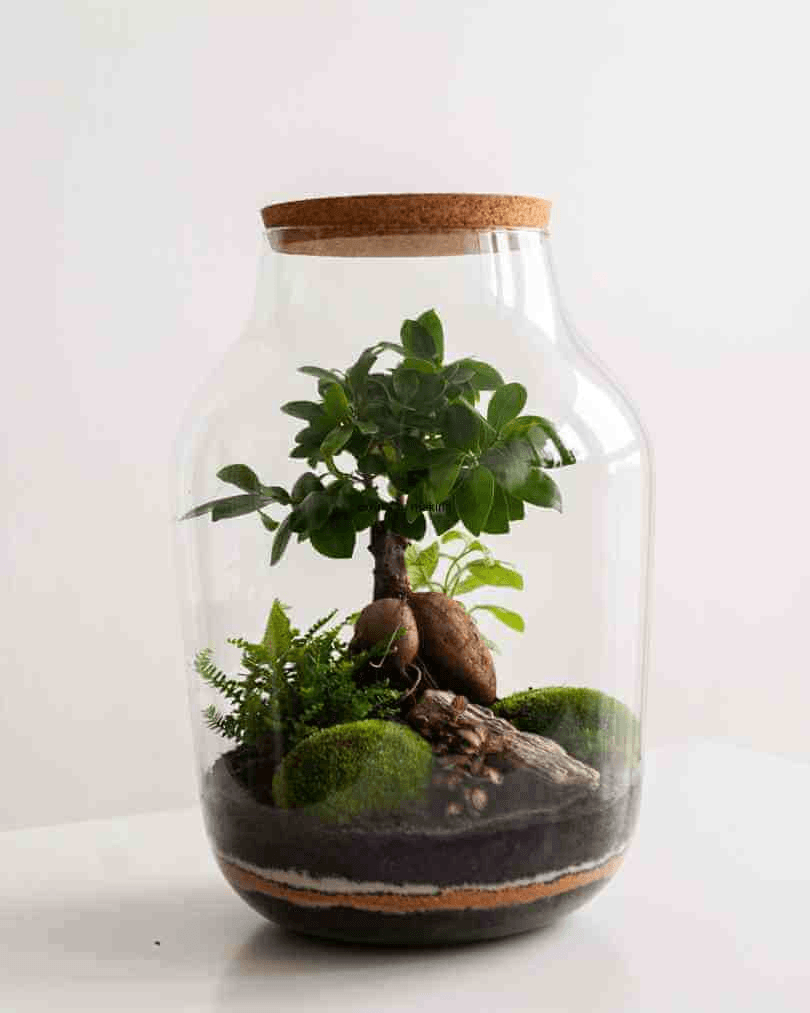
Leave a comment